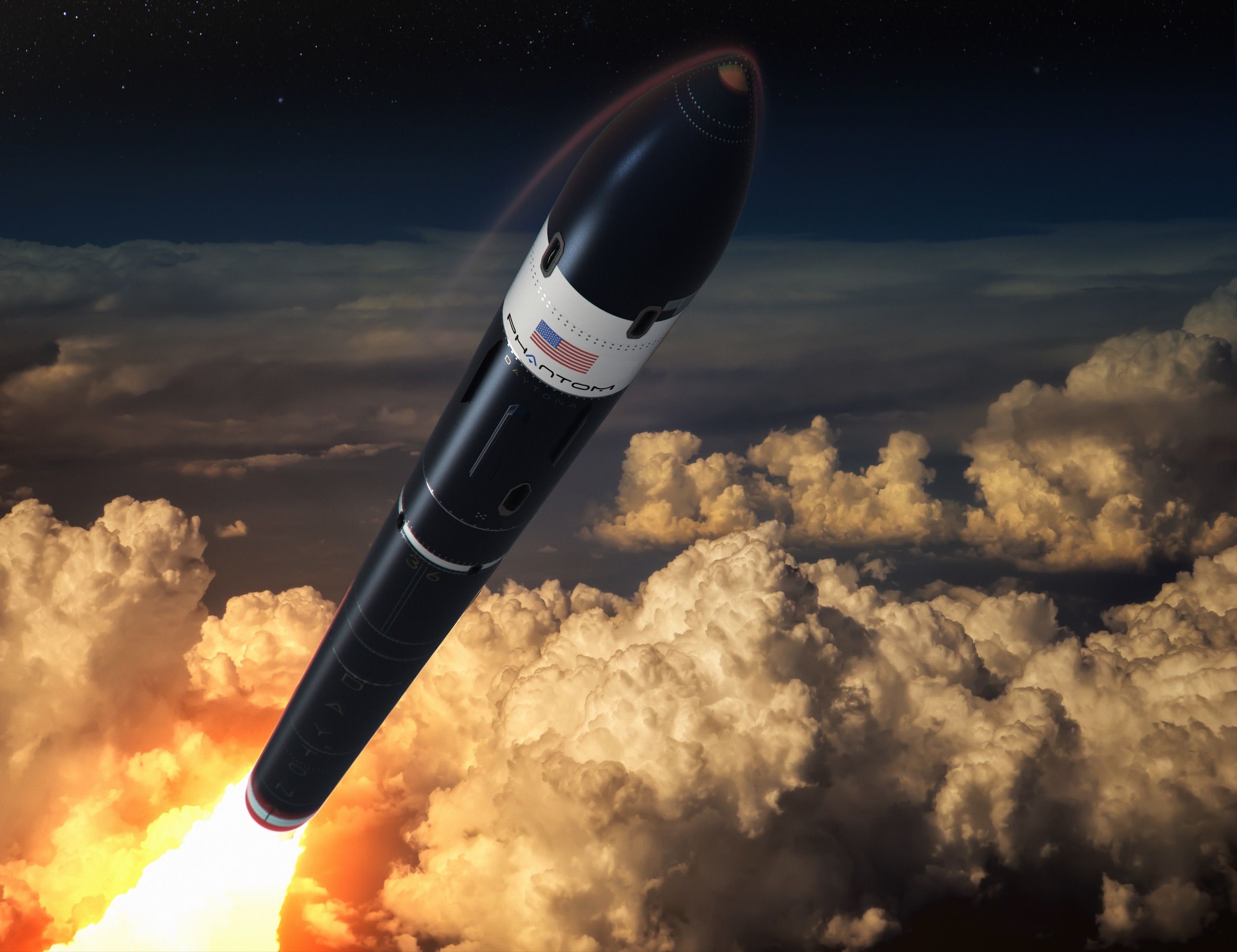The booming space business is headed into some turbulence now, as private companies navigate through crumbling international supply chains, a scarcity of skilled talent, and warfare between Russia and Ukraine, both of them home to key suppliers for rocket ventures around the world.
A shakeout looms in the space space — yup, I meant to say it that way.
Some promising startups will falter, now that raising capital will be more difficult. The economy is weaker, interest rates are rising and inflation rages.
Especially under strain will be those outfits that relied on engine makers in Ukraine for the rockets they were going to use. As Russian missiles bombard the neighboring country for months, no one knows when that horror will end.
Yet this, too, shall pass. The private business of space will get through this and resume the boom that continues to draw entrants, entrepreneurs and investors.
The decisions being made now by investors, executives and companies in the space industry could determine the future of the business for the next few years and beyond.
Where to relocate their supply lines, whether to continue relying on erratic and unpredictable suppliers in vulnerable markets, how to proceed alone or align with a symbiotic rival — these considerations and others could reshape this rapidly adapting business.
I say this as a participant in the private space business since NASA left the market two full decades ago, betting on the promise of private enterprise and a motley crew of startups to continue forays into space.
When Elon Musk, in the 2000s, tried to persuade Russian rocket makers to supply his new venture, SpaceX, I was at his side, frustrated that they wouldn’t even deign to meet with us.
The upside for Elon: He decided to make it all in-house, in the U.S. It was a prescient call.
Now I am the founder and CEO of Phantom Space, formed less than four years ago. We are designing mass-production rockets to ferry thousands of new satellites into orbit. We also will design and build the birds, and we plan to manage client constellations by the hundreds.
And all of it will be Made in the USA, entirely. No foreign contracts.
That supply decision, which we made at the start, now is a competitive advantage at Phantom Space, given the destruction wreaked by the Russian aggression in Ukraine, where some of the world’s best engine designers worked.
Industry Growth: Uneven and Explosive
Once NASA bailed out of the space business 20 some years ago, the private industry fell into near quiescence for almost a decade.
The early 2000s saw a marked dip, due largely to the after-effects of Y2K fear, 9/11 in 2001, the war in Afghanistan and Iraq and, in particular, the shocking explosion of Space Shuttle Columbia in 2003. The industry spent more than a decade in recovery.
But recover it did.
That gestation led to the vibrant business that emerged in more recent years, one that is expanding access to space-based data and navigation for a wealth of companies, governments and institutions, at prices lower than ever before.
Startling Stats: In 2016 the private space industry launched 221 satellites into space; five years later, the total was 1,809 objects in orbit.
That is up more than eight-fold in five years.
That total in 2021 comprises 20% of all the stuff ever shot up into space since the first satellite went up in 1957 when the Soviet launch of Sputnik sparked the first space race (as opposed to the private space race we are running now).
Now there are 8,837 “currently in orbit” entries in the Online Index of Objects Launched to Outer Space, a global log managed by the United Nations Office for Outer Space Affairs. The index provides a snapshot of everything that ever has been out there, and what it is doing now.
More importantly, the index highlights the explosive growth of the space industry over the past decade.
From 1965 to 1999, a steady 100 to 170 objects were launched to orbit each year; the high cost to launch and maintain space programs hindered industry growth.
By 2017, the space industry more than doubled its launch output in a single year, ferrying 456 objects into orbit. After clearing the 1,800 mark just four years later, we are still waiting to see where the year 2022 will finish.
But get this: Through the end of June, the UN orbit index has 700 new objects going aloft this year.
This is a healthy pace given the global conditions of the Russian invasion (since late February), COVID-19 complications, supply chain disruptions and other hindrances.
Ultimate Answer: Fix the Supply Chain
The war in Ukraine essentially dead-stopped the production and export of rocket engines and thwarted companies’ access to Ukrainian expertise they had been relying on heavily.
In June 2022, more than two years after the onset of the pandemic and four months into the Russian invasion of Ukraine, space industry leaders stood together at Space Tech Expo 2022 in recognition of the challenges facing the industry.
They mapped out the landscape: delayed and longer production timelines, difficulty in obtaining Tier 3 and Tier 4 production components and the unavailability of parts outsourced to other countries.
What they left out: Companies may go out of business soon if they are unable to shift manufacturing and production reliance from Ukraine and Russia to other more accessible, and more stable, supply chains.
Those that survive the current downturn in production and the supply chain squeeze will have a better chance. In any shakeout, after all, the companies that falter are the ones that deserved to “get shook.”
Opportunities and Strength
Despite the strain from supply-chain disruptions, this weakness could present an opportunity for making a shift in the way the industry does business, and in the way that it innovates.
So long as businesses are willing to explore a different perspective.
Currently, a significant portion of the supply chain for most U.S.-based space entrants exists outside the U.S., leaving them vulnerable to global upheaval, inflation, bottlenecks in logistics and other known and unknown risks.
The opportunity lies in shifting to home turf: American factories or western production. In addition to the obvious benefits in logistics, pricing and the availability of Tier 1 through Tier 4 components, U.S. supply chains offer added security and oversight.
When components are made on American soil, U.S.-based businesses and, in particular, defense systems, have more control and oversight. And less vulnerability to foreign spies.
While global supply chains remain critical, the U.S. space industry will benefit by building our domestic industry and capability in these crucial areas of technology development.
The global space economy achieved a valuation of $424 billion in 2020, and analysts are optimistic it could reach $1 trillion by 2040.
This will be fueled by startups like Phantom Space, bold and scrappy outfits that are scaling production and decreasing launch costs and timeframes. These startups, particularly those focusing on new applications and industries in space, are expected to contribute more than $101 billion to this growth.
The young space industry of today can learn from these experiences to build a more broadly accessible and stable supply chain that ensures growth and sustainability for the future. The test of pulling this off will separate success from failure in the next few years.
(Jim Cantrell is an inventor and entrepreneur with more than 30 years of leadership in aerospace and space technology. He is the chief executive officer and co-founder of Phantom Space.)
Phantom Space







